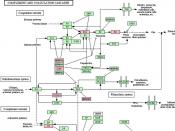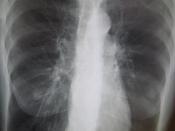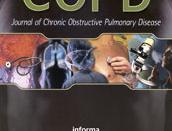This assignment will explain the pathophysiology of the disease process chronic obstructive pulmonary disease (COPD). It will examine how this disease affects an individual looking at the biological, psychological and social aspects. It will accomplish this by referring to a patient who was admitted to a medical ward with an exacerbation of COPD. Furthermore with assistance of Gibbs model of reflection (as cited in Bulman & Schutz, 2004) it will demonstrate how an experience altered an attitude. In accordance with the Nursing and Midwifery Council, (NMC) Code of Professional Conduct (NMC, 2005) regarding safeguarding patient information no names or places will be divulged. Therefore throughout the assignment the patient will be referred to as John. John is a 57 year old gentleman who has been married to Mavis for two years. John was admitted to the ward with severe breathlessness cough and excessive sputum production. By looking through John's notes it was discovered this was an exacerbation of COPD.
To understand John's condition it is useful to look at how the normal respiratory system works. The function of the respiratory System is to supply the body with oxygen and remove carbon dioxide (Marieb, 2004). According to Waugh and Grant (2004) it also helps maintain body temperature and eliminate excess water from the body. The Respiratory system consists of the mouth, nasal cavity, pharynx, larynx, trachea, bronchi and the lungs (Seeley, Stephens & Tate, 2000). Air enters through either the mouth or nose which humidifies and cleans the air. (Cohen & Wood, 2000) merging into a common chamber called the oropharynx (Watson, 2000). Air then leaves to the pharynx, a short, funnel-shaped tube that transports air to the larynx (Waugh & Grant, 2004). The air enters the larynx which is lined with mucous membrane and proceeds to the trachea, which...


